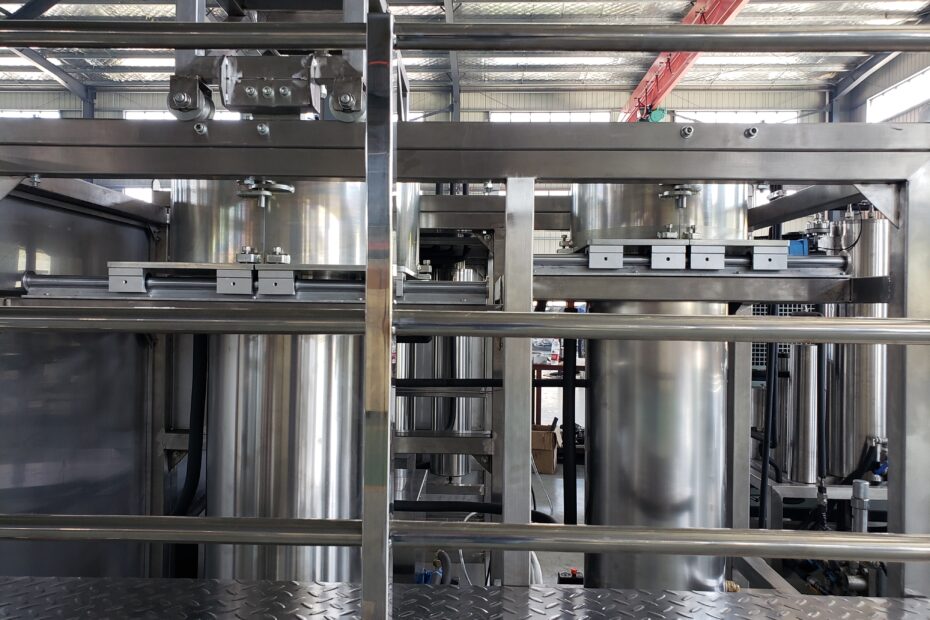In the realm of botanical extraction, two prominent methods have gained widespread use: Supercritical CO2 extraction and ethanol extraction. Both techniques offer distinct advantages and are employed across various industries, including pharmaceuticals, food processing, and cosmetics. This article aims to provide a comprehensive comparison between supercritical CO2 extraction and ethanol extraction, exploring their principles, applications, and comparative advantages.
Understanding Supercritical CO2 Extraction
Supercritical CO2 extraction involves utilizing carbon dioxide in a supercritical state as a solvent to extract desired compounds from botanical materials. Under specific temperature and pressure conditions, CO2 transitions into a state where it exhibits properties of both a gas and a liquid, allowing it to efficiently dissolve target compounds. The process involves three main stages: extraction, separation, and collection.
- Extraction:In this stage, pressurized CO2 is passed through the botanical material, dissolving the desired compounds such as essential oils, cannabinoids, or flavors.
- Separation:The CO2 containing the dissolved compounds is then depressurized, causing the CO2 to revert to a gaseous state and leaving behind the extracted compounds.
- Collection:The extracted compounds are collected, typically through condensation or evaporation, resulting in a highly concentrated extract.
Understanding Ethanol Extraction
Ethanol extraction, also known as solvent extraction, utilizes ethanol as a solvent to extract desired compounds from botanical materials. This method has been employed for centuries in various industries due to ethanol’s ability to dissolve a wide range of compounds. The process involves soaking the botanical material in ethanol to facilitate the extraction of target compounds, followed by evaporation to recover the concentrated extract.
- Extraction:Botanical material is immersed in ethanol, allowing the solvent to dissolve the desired compounds such as cannabinoids, essential oils, or phytochemicals.
- Evaporation:The ethanol extract is then subjected to evaporation or distillation to remove the solvent and recover the concentrated extract.
- Purification (Optional):Additional purification steps may be employed to refine the extract and remove any residual impurities or undesirable compounds.
Comparison of Features : Supercritical CO2 Extraction VS Ethanol Extraction
Let’s delve into a comparative analysis of the key features of supercritical CO2 extraction and ethanol extraction:
| Feature | Supercritical CO2 Extraction | Ethanol Extraction |
|---|---|---|
| Solvent | Utilizes carbon dioxide in a supercritical state. | Utilizes ethanol as the solvent. |
| Selectivity | Highly selective, allowing for targeted extraction. | Less selective, may extract a broader range of compounds. |
| Temperature | Operates at lower temperatures, preserving heat-sensitive compounds. | Requires higher temperatures, potentially degrading heat-sensitive compounds. |
| Environmental Impact | Generally considered more environmentally friendly due to the non-toxic nature of CO2 and its recyclability. | May pose environmental concerns due to the use of ethanol, a volatile organic compound. |
| Scalability | Suitable for both small-scale and large-scale operations. | Scalability may be limited by ethanol availability and regulatory constraints. |
| Residual Solvent | Typically results in negligible residual solvent. | May leave behind traces of ethanol, requiring additional purification steps. |
| Equipment Complexity | Requires specialized equipment for handling high pressures and maintaining precise conditions. | Equipment setup is relatively simpler, although safety precautions are necessary. |
Advantages of Supercritical CO2 Extraction
Supercritical CO2 extraction offers several advantages over ethanol extraction:
- Selectivity: CO2 extraction allows for precise targeting of specific compounds, minimizing the extraction of unwanted substances.
- Temperature Control: The low operating temperatures preserve the integrity of heat-sensitive compounds, resulting in high-quality extracts.
- Environmental Friendliness: CO2 is non-toxic, non-flammable, and readily available, making it a more environmentally sustainable option compared to ethanol.
- Residual Solvent: CO2 extraction typically results in minimal residual solvent in the final product, enhancing purity and safety.
Advantages of Ethanol Extraction
Despite the benefits of supercritical CO2 extraction, ethanol extraction offers its own advantages:
- Versatility: Ethanol extraction can efficiently extract a wide range of compounds, making it suitable for various botanical materials.
- Scalability: Ethanol extraction processes can be easily scaled up or down to accommodate different production volumes.
- Cost-Effectiveness: Ethanol is relatively inexpensive and readily available, making it a cost-effective option for large-scale extraction operations.
- Equipment Simplicity: Compared to CO2 extraction systems, ethanol extraction setups are often simpler and more straightforward, requiring less specialized equipment.
Conclusion
In conclusion, both supercritical CO2 extraction and ethanol extraction offer unique advantages and applications in the field of botanical extraction. While CO2 extraction excels in selectivity, environmental friendliness, and minimal residual solvent, ethanol extraction boasts versatility, scalability, and cost-effectiveness.
The choice between the two methods ultimately depends on factors such as the desired end product, production scale, regulatory considerations, and budget constraints. By understanding the principles and comparative advantages of each extraction method, manufacturers and researchers can make informed decisions to optimize their extraction processes and achieve high-quality botanical extracts.
